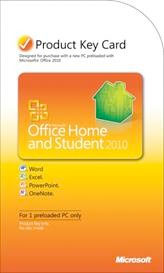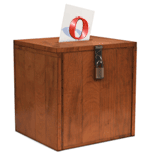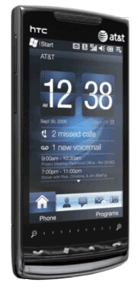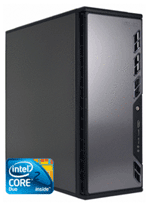 When Microsoft Office 2010 shows up sometime next year, the most basic version will have an appealing price: $0. Microsoft has announced that it’ll work with PC manufacturers to put something called Office 2010 Starter Edition on new machines. The new version will replace the venerable-but-languishing Microsoft Works, and will provide reduced-functionality versions of Word and Excel that don’t cost anything–and which embed advertising of some sort. PC owners will be able to purchase upgrade cards at retail outlets that let them turn Starter Edition into a full-blown copy of Office.
When Microsoft Office 2010 shows up sometime next year, the most basic version will have an appealing price: $0. Microsoft has announced that it’ll work with PC manufacturers to put something called Office 2010 Starter Edition on new machines. The new version will replace the venerable-but-languishing Microsoft Works, and will provide reduced-functionality versions of Word and Excel that don’t cost anything–and which embed advertising of some sort. PC owners will be able to purchase upgrade cards at retail outlets that let them turn Starter Edition into a full-blown copy of Office.
It’s impossible to fully judge Office Starter Edition until we know (A) just how “reduced” the functionality is, and (B) just how intrusive the ads are. (Companies have often talked about the idea of ad-supported office suites, but I’m not sure if anyone’s done it successfully; unlike Web searching, it’s not obvious how you’d integrate ads into a productivity suite in a way that made sense for consumers and advertisers.)
But if the ads aren’t too obnoxious and it’s easy to uninstall Office if you don’t want it, this could make sense–Microsoft presumably likes the idea of introducing cost-conscious folks to Office at no charge and preventing them from defecting to Google Docs or Zoho. Unfortunately, the free suite will be available preinstalled on new computers, not as a download–but if it becomes as pervasive as Works, it’ll show up on lots of machines.
Microsoft is also saying that there will be an online demo version of Office 2010 that uses virtualization to let you try out the suite without installing it–an important option considering that you can’t install Office 2007 and Office 2010 on the same machine. (When I’m king, there will be a law prohibiting software companies from releasing apps that can’t exist concurrently with their predecessors.)
Office 2007 was originally accompanied by an online demo version that the Office site says is no longer available. Don’t tell anybody, but it’s still accessible here. It works quite well–I wish something similar were available for every major application.
Anyhow, let’s wrap this up with a T-Poll:

 When the European Commission (EC) mandated that Microsoft ship Windows XP sans Windows Media Player, the final product proved unpopular with consumers. For Windows 7, the issue is Internet Explorer, and a more diligent EC
When the European Commission (EC) mandated that Microsoft ship Windows XP sans Windows Media Player, the final product proved unpopular with consumers. For Windows 7, the issue is Internet Explorer, and a more diligent EC  Between
Between  9 to 5 Mac is reporting on
9 to 5 Mac is reporting on  TechCrunch’s MG Siegler has a thought-provoking post up which discusses the
TechCrunch’s MG Siegler has a thought-provoking post up which discusses the 
 October 22nd may be
October 22nd may be  Today, Google
Today, Google